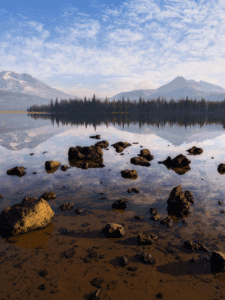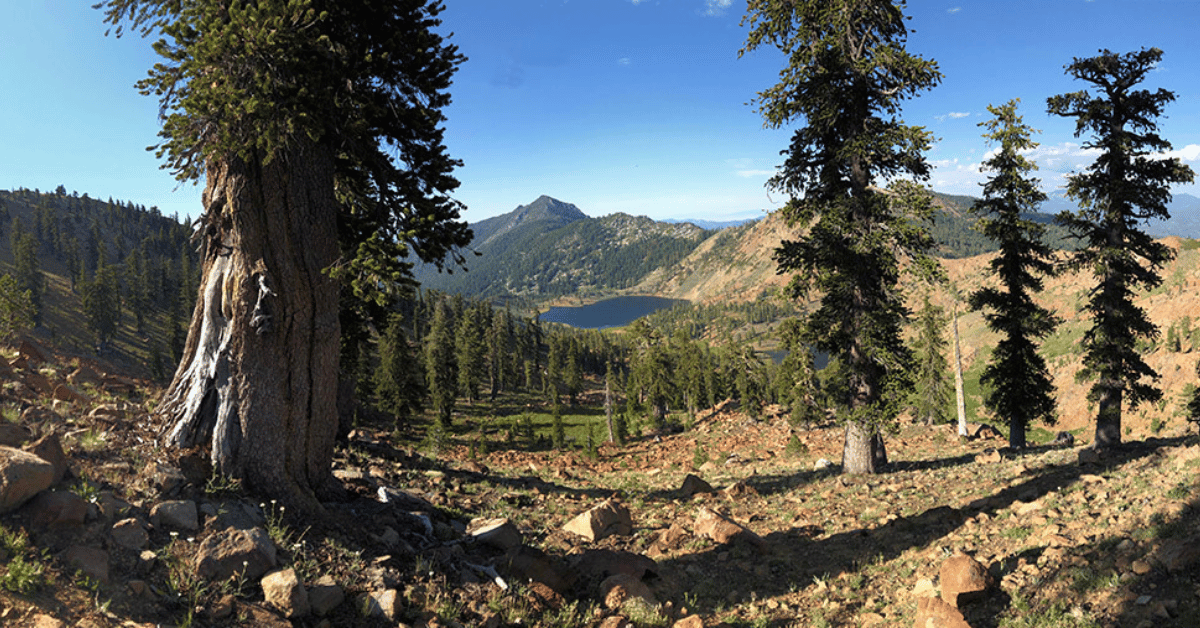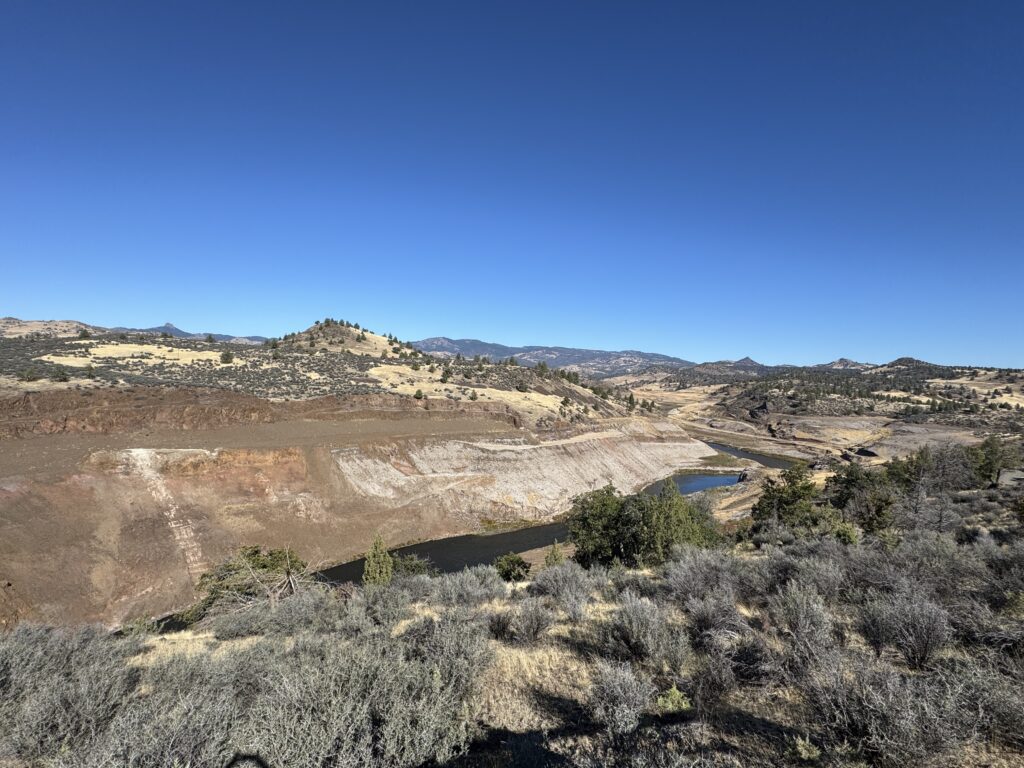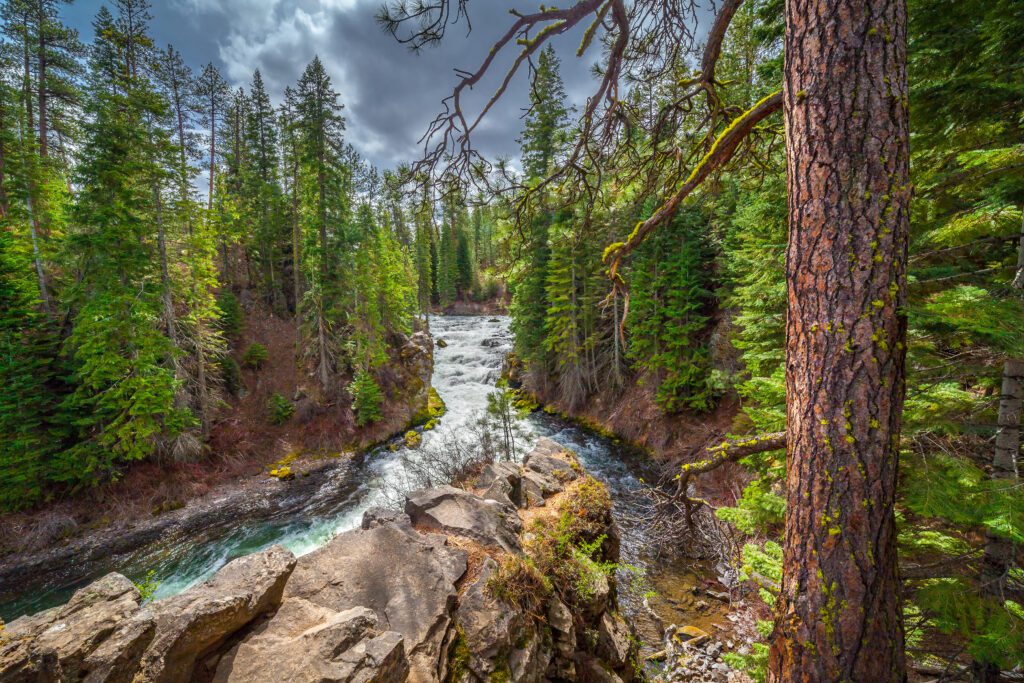The Klamath Mountains that span northwest California and southwest Oregon are a place of endless wonder. The region’s climate, geology, water, fire, plants, and animals all contribute to the Klamaths being one of the most biodiverse temperate mountain ranges on Earth. Oregon Wild caught up with Michael Kauffmann, an ecologist and author of the recently published The Klamath Mountains: A Natural History, to learn about what makes this place so unique.
OW: What sets the Klamath Mountains apart from other ranges in Oregon and California?
KAUFFMANN: The Klamath Mountains are old—built by rock that is older than other mountains around it. The newer Cascades and Coast Range, surrounding the Klamath Mountains, are less biodiverse—in part—because they are younger. In between these newer landscapes, time and disturbance have moved slower and offered a refuge for biota from other western regions including the Great Basin Desert, the mesic world of the Pacific Northwest, and the Mediterranean-type climate of the California Floristic Province. Being at a crossroads of geology and climate is why the Klamath Mountains nurture unparalleled biodiversity.
OW: What makes this region so special to you?
KAUFFMANN: Conifers come first. In 2012 I published my first book Conifer Country which defines and maps these ancient plants within one of the most biodiverse temperate coniferous forests on Earth. My quest to understand regional conifers, find the rarest stands, and climb many mountains to do so took me to a multitude of unique nooks. I have seen the Klamath Mountains from all angles, decorated by amazing plants, throughout the seasons—nurturing a deep love for the Region.
OW: In writing your natural history of the Klamath Mountains, did you discover any things that surprised you?
KAUFFMANN: Yes, there is so much more to learn! People have been documenting, describing, and celebrating the amazing life in the region for millennia. From the First Peoples to Western Scientists–anyone with a keen eye for interpreting the natural world knows it is special. But we do not yet understand it all. In fact, in 2022—right before the publication of the book—a new genus of wingless stonefly was documented in a single, high-elevation spring. There are many more examples of what is newly understood but the lesson this should teach us is there is so much more to understand and steward.
To learn more from Michael Kauffmann about the wonders of the Klamath Mountains, pick up a copy of The Klamath Mountains: A Natural History from your local bookstore.






